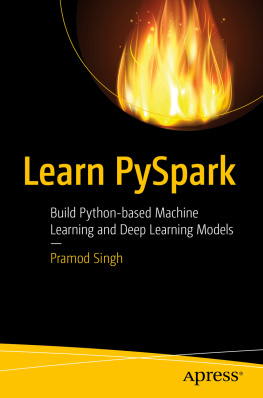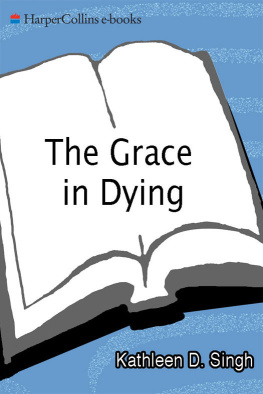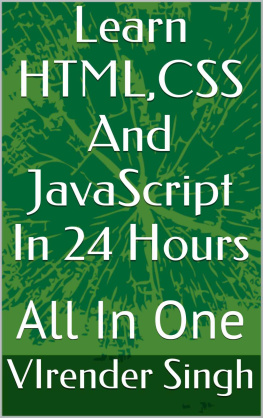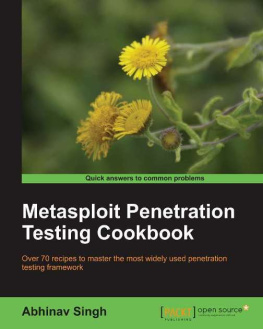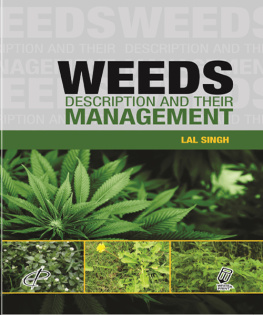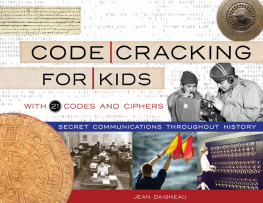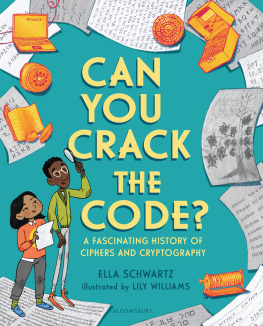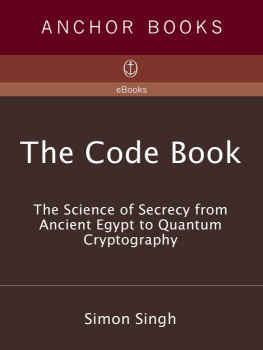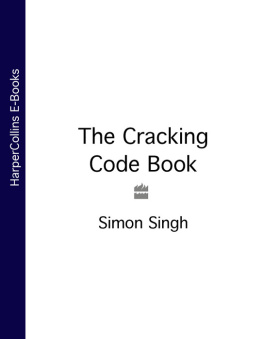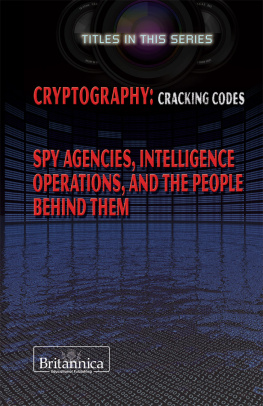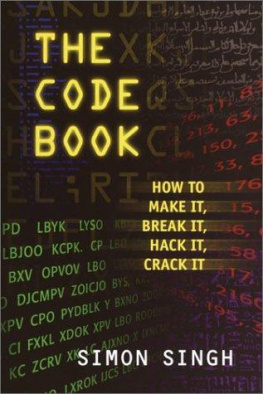The urge to discover secrets is deeply ingrained in human nature; even the least curious mind is roused by the promise of sharing knowledge withheld from others. Some are fortunate enough to find a job which consists in the solution of mysteries, but most of us are driven to sublimate this urge by the solving of artificial puzzles devised for our entertainment. Detective stories or crossword puzzles cater for the majority; the solution of secret codes may be the pursuit of a few.
F or thousands of years, kings, queens and generals have relied on efficient communication in order to govern their countries and command their armies. At the same time, they have all been aware of the consequences of their messages falling into the wrong hands, revealing precious secrets to rival nations and betraying vital information to opposing forces. It was the threat of enemy interception that motivated the development of codes and ciphers: techniques for disguising a message so that only the intended recipient can read it.
The desire for secrecy has meant that nations have operated code-making departments, responsible for ensuring the security of communications by inventing and implementing the best possible codes. At the same time, enemy codebreakers have attempted to break these codes, and steal secrets. Codebreakers are linguistic alchemists, a mystical tribe attempting to conjure sensible words out of meaningless symbols. The history of codes and ciphers is the story of the centuries-old battle between codemakers and codebreakers, an intellectual arms race that has had a dramatic impact on the course of history.
In writing The Code Book , I have had two main objectives. The first is to chart the evolution of codes. Evolution is a wholly appropriate term, because the development of codes can be viewed as an evolutionary struggle. A code is constantly under attack from codebreakers. When the codebreakers have developed a new weapon that reveals a codes weakness, then the code is no longer useful. It either becomes extinct or it evolves into a new, stronger code. In turn, this new code thrives only until the codebreakers identify its weakness, and so on. This is analogous to the situation facing, for example, a strain of infectious bacteria. The bacteria live, thrive and survive until doctors discover an antibiotic that exposes a weakness in the bacteria and kills them. The bacteria are forced to evolve and outwit the antibiotic, and, if successful, they will thrive once again and re-establish themselves. The bacteria are continually forced to evolve in order to survive the onslaught of new antibiotics.
The ongoing battle between codemakers and codebreakers has inspired a whole series of remarkable scientific breakthroughs. The codemakers have continually striven to construct ever-stronger codes for defending communications, while codebreakers have continually invented more powerful methods for attacking them. In their efforts to destroy and preserve secrecy, both sides have drawn upon a diverse range of disciplines and technologies, from mathematics to linguistics, from information theory to quantum theory. In return, codemakers and codebreakers have enriched these subjects, and their work has accelerated technological development, most notably in the case of the modern computer.
History is punctuated with codes. They have decided the outcomes of battles and led to the deaths of kings and queens. I have therefore been able to call upon stories of political intrigue and tales of life and death to illustrate the key turning points in the evolutionary development of codes. The history of codes is so inordinately rich that I have been forced to leave out many fascinating stories, which in turn means that my account is not definitive. If you would like to find out more about your favourite tale or your favourite codebreaker then I would refer you to the list of further reading, which should help those readers who would like to study the subject in more detail.
Having discussed the evolution of codes and their impact on history, the books second objective is to demonstrate how the subject is more relevant today than ever before. As information becomes an increasingly valuable commodity, and as the communications revolution changes society, so the process of encoding messages, known as encryption, will play an increasing role in everyday life. Nowadays our phone calls bounce off satellites and our e-mails pass through various computers, and both forms of communication can be intercepted with ease, so jeopardising our privacy. Similarly, as more and more business is conducted over the Internet, safeguards must be put in place to protect companies and their clients. Encryption is the only way to protect our privacy and guarantee the success of the digital marketplace. The art of secret communication, otherwise known as cryptography, will provide the locks and keys of the Information Age.
However, the publics growing demand for cryptography conflicts with the needs of law enforcement and national security. For decades, the police and the intelligence services have used wire-taps to gather evidence against terrorists and organised crime syndicates, but the recent development of ultra-strong codes threatens to undermine the value of wire-taps. As we enter the twenty-first century, civil libertarians are pressing for the widespread use of cryptography in order to protect the privacy of the individual. Arguing alongside them are businesses, who require strong cryptography in order to guarantee the security of transactions within the fast-growing world of Internet commerce. At the same time, the forces of law and order are lobbying governments to restrict the use of cryptography. The question is, which do we value more our privacy or an effective police force? Or is there a compromise?
Although cryptography is now having a major impact on civilian activities, it should be noted that military cryptography remains an important subject. It has been said that the First World War was the chemists war, because mustard gas and chlorine were employed for the first time, and that the Second World War was the physicists war, because the atom bomb was detonated. Similarly, it has been argued that the Third World War would be the mathematicians war, because mathematicians will have control over the next great weapon of war information. Mathematicians have been responsible for developing the codes that are currently used to protect military information. Not surprisingly, mathematicians are also at the forefront of the battle to break these codes.
While describing the evolution of codes and their impact on history, I have allowed myself a minor detour. Chapter 5 describes the decipherment of various ancient scripts, including Linear B and Egyptian hieroglyphics. Technically, cryptography concerns communications that are deliberately designed to keep secrets from an enemy, whereas the writings of ancient civilisations were not intended to be indecipherable: it is merely that we have lost the ability to interpret them. However, the skills required to uncover the meaning of archaeological texts are closely related to the art of codebreaking. Ever since reading The Decipherment of Linear B , John Chadwicks description of how an ancient Mediterranean text was unravelled, I have been struck by the astounding intellectual achievements of those men and women who have been able to decipher the scripts of our ancestors, thereby allowing us to read about their civilisations, religions and everyday lives.


